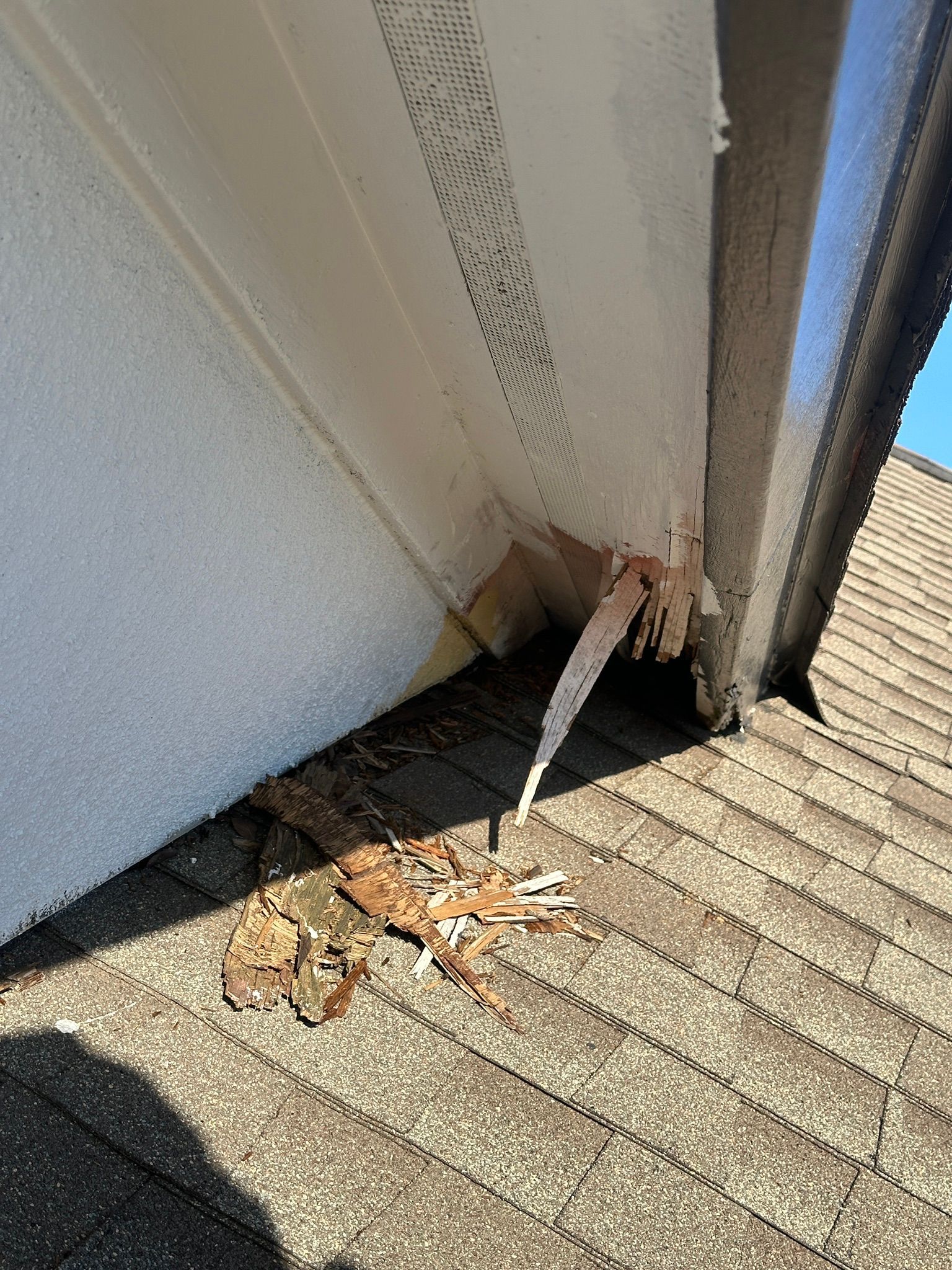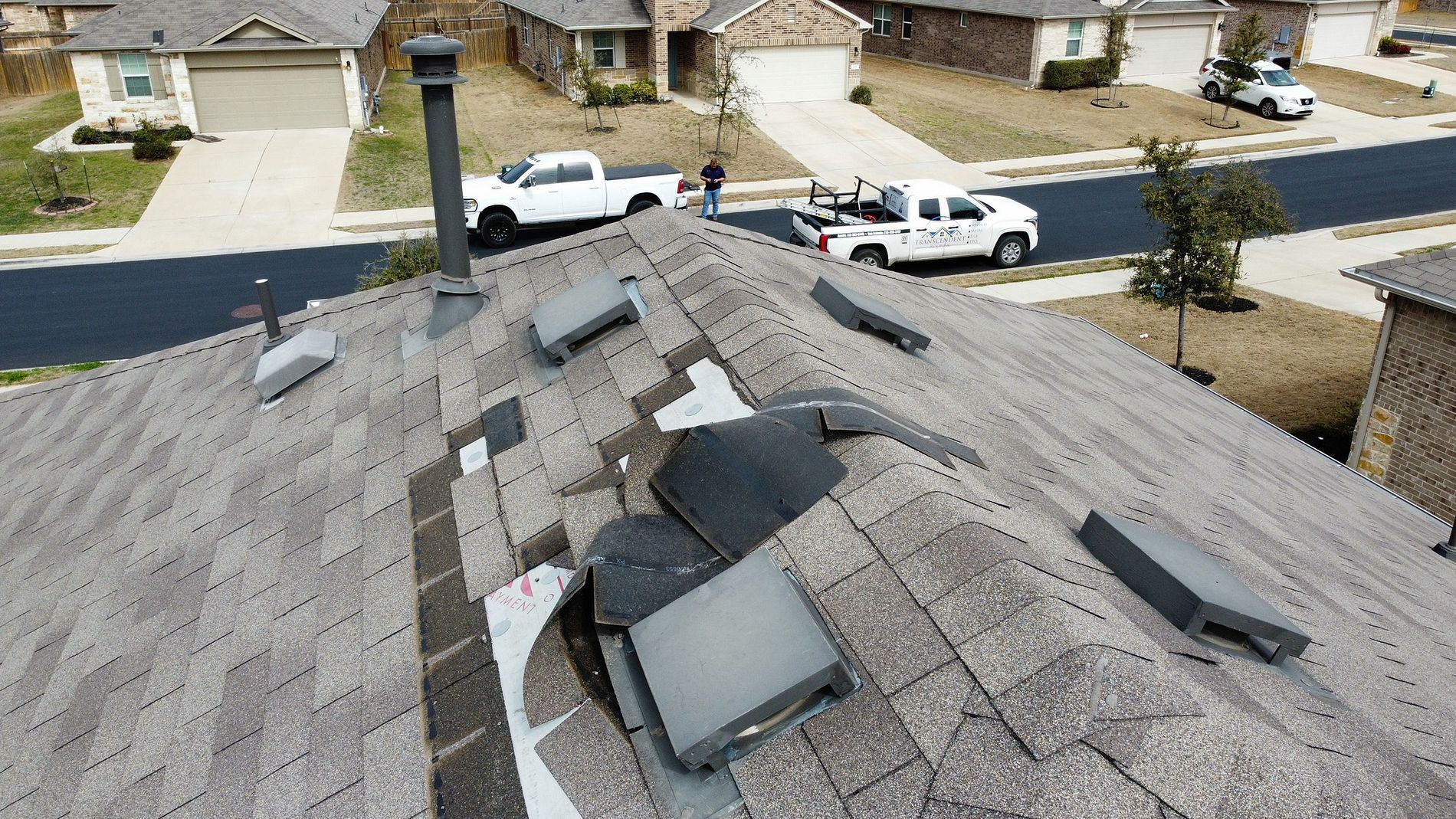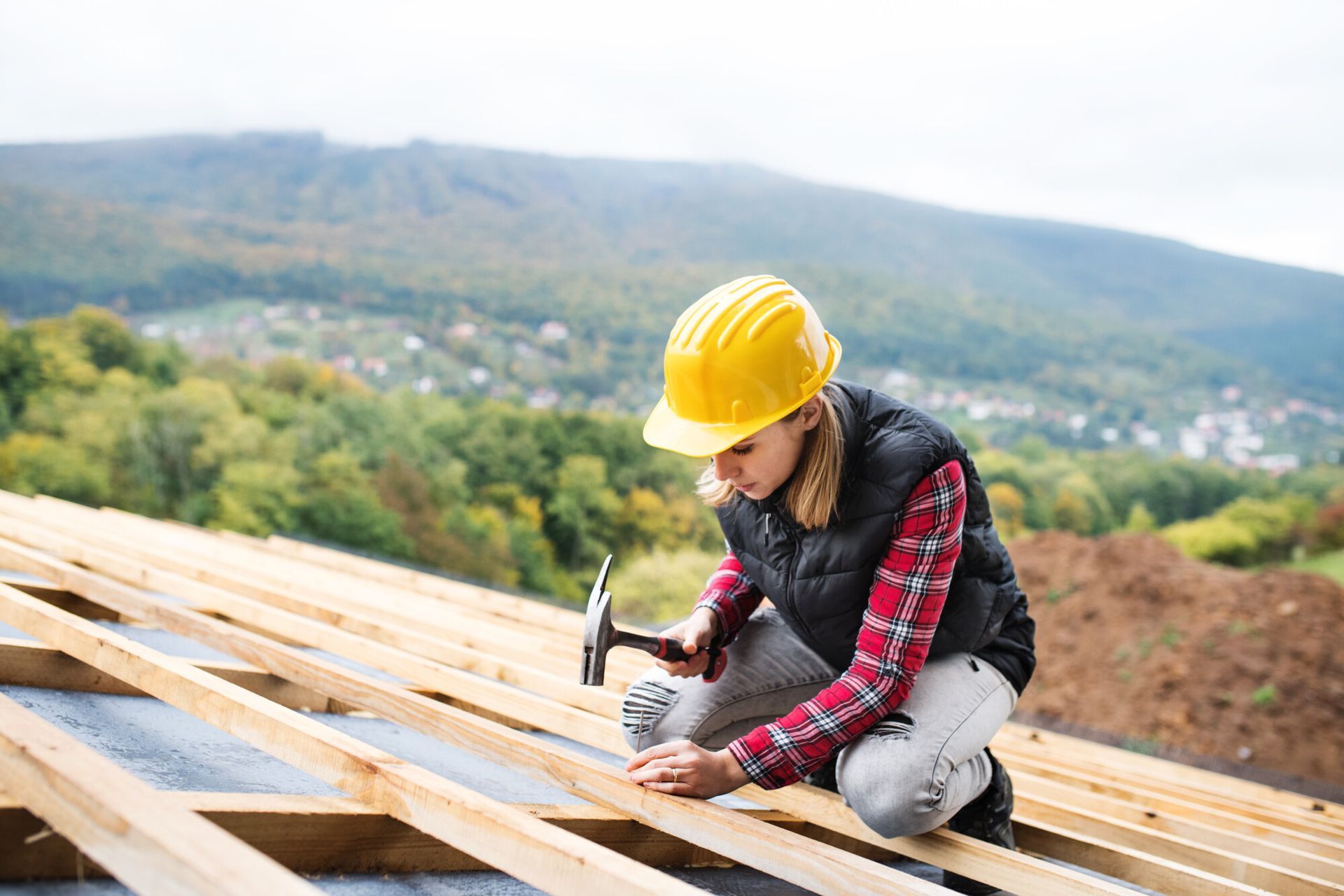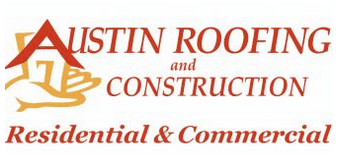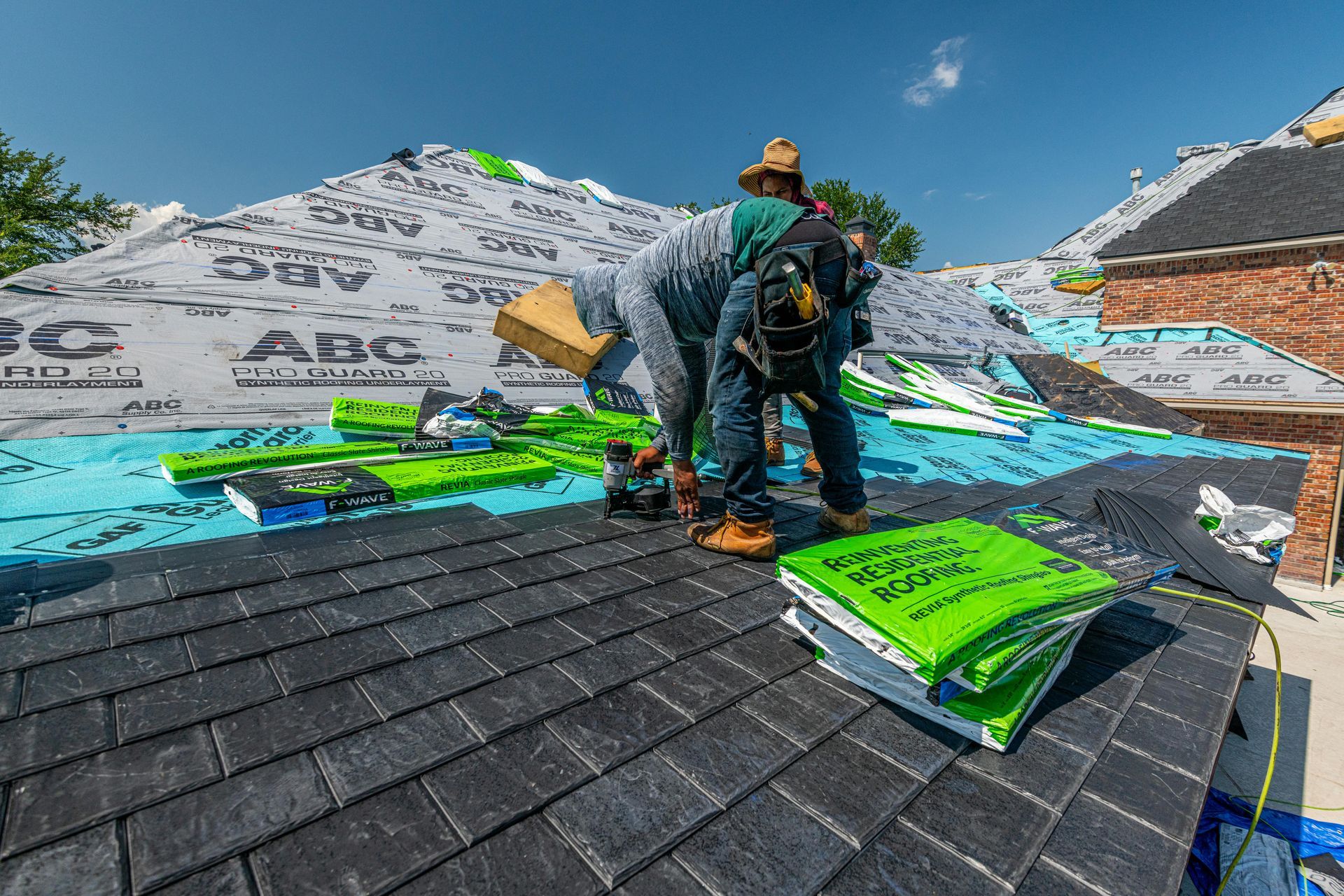What to Expect from a Professional Roof Inspection
A professional roof inspection is a critical step in maintaining the health and longevity of your roof. Whether you're a homeowner, business owner, or property manager, understanding what to expect during a roof inspection can help you make informed decisions and potentially save you from costly repairs down the line. Here's a comprehensive guide on what you can expect from a professional roof inspection.
Beyond simply identifying existing issues, a roof inspection acts as a safeguard against potential threats to the structural integrity of your home. Your roof does more than protect you from the elements; it is integral to the overall health of your building. Ignoring early signs of wear can lead to severe consequences, such as leaks that damage drywall and furniture, or even compromise the structural beams of your home. Mold and mildew, often hidden, can arise from these leaks, posing health risks and degrading air quality.
Why Examining the Structural Framework of a Roof Matters
The structural framework of a roof is the backbone of your entire roofing system. It's crucial to ensure that this foundation is sturdy and resilient, as it supports everything from the underlayment to the shingles on top. Here's why it's so essential to inspect this area:
- Safety and Stability: The integrity of your roof deck affects the overall safety of your home. Any weakness or compromise in this area, such as sagging or soft spots, can lead to structural failures, posing significant risks.
- Prevention of Damage: Identifying and addressing issues early on is vital. Common problems like water damage or poor construction can lead to a sagging roofline. These issues, if left unaddressed, can escalate, potentially resulting in costly repairs or replacements.
- Weather Resilience: A robust structural framework helps your roof withstand harsh weather conditions. Continuous snow loads or excessive rain can challenge the durability of a roof. Ensuring the framework is in top condition enhances weather resistance and longevity.
- Efficient Inspections: When professionals assess your roof, the framework is one of the first areas they examine. A thorough inspection can uncover potential problems, allowing you to address them before they become more serious.
In essence, maintaining a solid structural framework is key to avoiding potential damage, ensuring safety, and extending the life of your roofing system. Regular inspections and prompt repairs are essential components of effective roof maintenance.
The Crucial Role of Roof Inspections in Austin, TX
Roof inspections in Austin, TX, are essential for several compelling reasons. Your roof isn't just a barrier against the elements—it's a critical component of your home's overall structural health. Regular inspections help identify wear and tear before they escalate into costly problems.
Preventative Maintenance
Identifying issues before they become major problems is key. Inspections can uncover early signs of damage, such as missing shingles or minor leaks. Addressing these promptly can help avoid expensive repairs in the future.
Keep an eye out for specific signs that indicate it's time to call in a roofing inspector:
- Recent severe weather: Hail or high winds can cause significant damage to your roof. If your area has experienced such weather, a professional inspection is advisable.
- Interior discolorations: Notice any changes in your ceilings or walls? Discolorations or visible dampness in your attic or insulation could signal leaks.
- Shingle condition: Check for bald, cracked, or curled shingles. These are signs of an aging roof that might need attention.
By spotting these issues early, you can protect your home from more extensive damage and save on future repair costs.
Health and Safety
Undetected roof damage can lead to mold and mildew growth, which thrive in hidden and damp spaces. This not only affects the building's integrity but also poses significant health risks by impacting indoor air quality.
Financial Savings
Investing in routine roof inspections can save money over time. By catching issues early, homeowners can prevent significant damage to drywall, furniture, and even the core structural components that ensure your home stays standing strong.
Climate Considerations
Austin's climate, marked by intense sun and occasional storms, can accelerate the wear on roofing materials. Regular checks can ensure your roof is equipped to handle these environmental challenges effectively.
By prioritizing regular roof inspections, Austin homeowners can ensure the longevity and resilience of their roofs, maintaining a safe and healthy living environment.
The Impact of Workmanship on Roof Longevity
When it comes to roofing, excellent workmanship is crucial for ensuring both the performance and aging of your roof. Let's delve into how quality craftsmanship influences these factors.
First, consider the art of proper nailing. Incorrect techniques can lead to loose shingles, which become susceptible to being blown away by wind or allowing water infiltration. Every nail must be positioned precisely to maintain the roof’s integrity over time.
Furthermore, the choice of materials plays a vital role. Using subpar materials might initially cut costs, but they can significantly reduce the lifespan of your roof. High-quality shingles and underlayment are crucial for durability and protection against harsh weather elements.
Lastly, the precision in shingle placement cannot be overstated. Misaligned or improperly spaced shingles can lead to gaps, allowing moisture to seep through and accelerate wear and tear. This attention to detail during installation determines how effectively your roof will repel water and withstand the test of time.
In summary, diligent workmanship ensures that your roof remains watertight and resilient, safeguarding your home for many years to come.
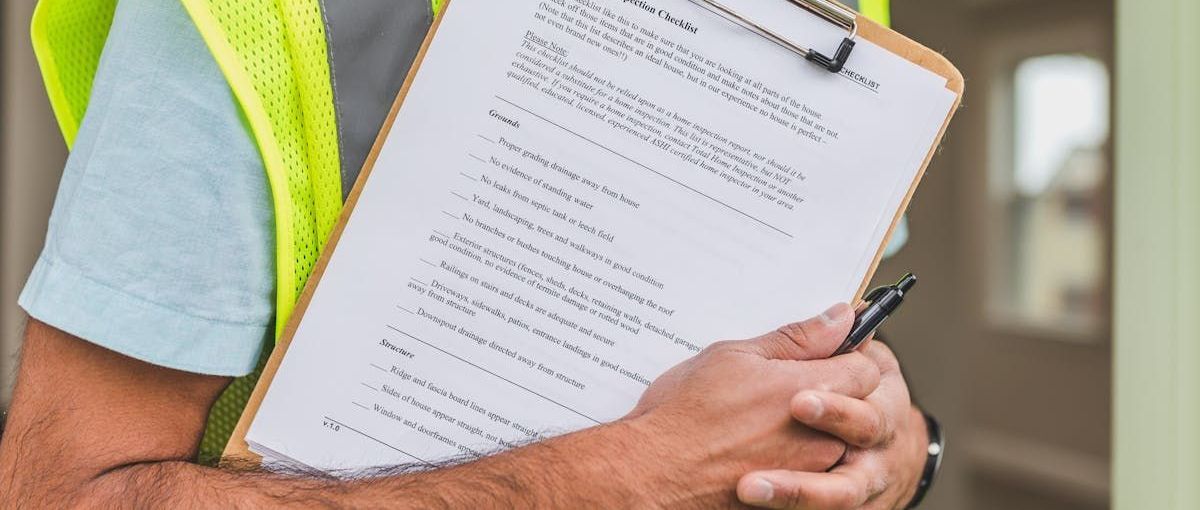
1. Initial Consultation
Before the inspection begins, you'll typically have an initial consultation with the roofing contractor. This is an opportunity to discuss any concerns you may have, the age of your roof, any previous repairs or issues, and the reason for the inspection. Whether you're experiencing leaks, suspect storm damage, or simply want a routine check-up, the inspector will tailor their approach based on your needs.
Essential Inspection Needs for Metal Roofs in Central Texas
Metal roofs are a popular choice in Central Texas due to their robust durability and appealing aesthetics. However, to maximize their longevity and performance, regular inspections are crucial. Here’s what you need to look out for:
1. Fastener Integrity
- Check for Loose Fasteners: Metal roofs are often secured with screws and bolts, which can become loose due to thermal expansion and contraction. It's vital to regularly check and tighten these fasteners to prevent leaks and structural issues.
- Inspect for Rust: Over time, fasteners can rust, which weakens their hold on the roofing panels. Replace any rusted fasteners to maintain roof integrity.
2. Seam and Joint Examination
- Look for Gaps: Seams where metal panels join can sometimes widen, especially after severe weather. Ensure there are no openings that could allow water infiltration.
- Sealant Condition: The sealant used on seams should also be inspected for cracks or gaps and resealed if necessary to prevent water damage.
3. Panel Inspection
- Assess for Damage: Though durable, metal panels can suffer from dents or punctures due to hail or debris impact. It's important to inspect for these damages and replace any compromised panels.
- Corrosion Monitoring: Check panels for signs of corrosion, particularly if the protective coating has worn away. This is crucial for maintaining both the roof’s appearance and function.
4. Underlayment Check
- Evaluate Moisture Levels: The underlayment can reveal hidden issues. Look for signs of moisture, which may suggest leaks or inadequate ventilation.
- Thermal Performance: Ensure the underlayment is performing well in regulating temperature changes, crucial for energy efficiency in the Central Texas climate.
Regular inspections tailored to these specific needs will help sustain the life of your metal roof while maintaining its strong weather-resistant properties. Consistently keeping an eye on these elements will prevent small issues from turning into costly repairs.
2. Thorough Exterior Inspection
The first part of the inspection involves a detailed examination of the exterior of your roof. The inspector will look for:
- Shingle Condition: Check for missing, cracked, or curling shingles.
- Granule Loss: Inspecting for granules from asphalt shingles, which can indicate wear.
- Flashing: Ensuring the flashing around chimneys, vents, and other roof penetrations are intact and properly sealed.
- Gutters and Downspouts: Examining for blockages, damage, and proper drainage.
- Moss, Algae, or Mold: Identifying any growth that could indicate moisture issues.
3. Interior Inspection
A comprehensive roof inspection continues beyond the exterior. The inspector will also examine the interior of your home, including:
- Attic: Checking for signs of leaks, moisture, and proper ventilation.
- Ceilings and Walls: Looking for water stains, which can indicate roof leaks.
- Insulation: Ensuring that insulation is adequate and hasn't been compromised by water damage.
4. Detailed Report
After the inspection, you'll receive a detailed report outlining the condition of your roof. This report typically includes:
- Findings: A summary of any issues discovered during the inspection.
- Photos: Visual evidence of any damage or areas of concern.
- Recommendations: Suggested repairs or maintenance needed to address any issues.
- Cost Estimates: An estimate of the costs of any recommended repairs or replacements.
5. Next Steps
Based on the inspection report, you'll clearly understand the state of your roof and the necessary next steps. Expect a detailed analysis of your roof's condition, highlighting any problem areas or concerns. The report may also include supporting pictures, offering a visual understanding of the inspection findings.
If a professional roofing contractor completes your inspection, they'll provide insight into the possibility of repairs or the need for a reroof. They will also offer estimates, which can help you plan financially and make informed decisions.
Whether it's scheduling repairs, planning for a roof replacement, or simply continuing regular maintenance, you'll be equipped with the information you need to proceed confidently.
Why Additional Inspections Are Essential After Severe Weather
Severe weather can wreak havoc on property, often causing damage that's not immediately visible. After such events, a thorough inspection becomes necessary to ensure your property remains in top condition.
Hidden Damages Lurking Beneath the Surface
Wind, hail, and heavy rains can result in hidden structural issues. While your roof might appear intact, there could be underlying problems like loosened shingles or water infiltration. Over time, these unnoticed damages can escalate, leading to costly repairs.
Preventing Future Issues
Post-storm inspections help identify vulnerabilities early on. A minor crack today could evolve into extensive water damage in the future. By detecting and addressing these issues promptly, you can prevent further deterioration, ultimately saving time and money.
Insurance Implications
Many insurance companies require proof of damage and prompt repairs to process claims. An additional inspection provides the necessary documentation, ensuring you meet all claim requirements.
In essence, post-weather inspections are a proactive measure to safeguard your investment. Whether conducted by professionals or using services like HomeAdvisor or Angie's List, these inspections are critical in maintaining the integrity and longevity of your property.
Why Choose a Professional Inspection?
Opting for a professional roof inspection offers several benefits:
- Expertise: Professional inspectors have the training and experience to identify issues that may not be apparent to the untrained eye.
- Safety: Climbing onto a roof can be dangerous. Professionals have the proper equipment and safety protocols to conduct the inspection safely.
- Peace of Mind: Knowing that a professional has thoroughly inspected your roof can provide peace of mind, especially in areas prone to severe weather.
Cost & Benefits of Roof Inspections
While some roofing contractors might charge for inspections, you can find services that offer free inspections alongside affordable maintenance programs. These plans often include annual inspections, post-severe weather assessments, and necessary repairs, such as trimming overhanging branches that could damage your roof.
Choosing a professional service means aligning with a company that values customer satisfaction and provides a wide range of roofing solutions. From installation and replacement to repair and hail damage rectification, professionals are equipped to handle various roofing types like asphalt shingles, metal systems, TPO, flat, clay tile, and slate.
How Often Should Roof Inspections Be Conducted in Austin?
In Austin, homeowners are encouraged to conduct a thorough roof inspection at least once a year. This annual check-up ensures that any wear and tear due to weather or time is addressed promptly, maintaining the roof's integrity and avoiding costly future repairs.
Additionally, given Austin's susceptibility to severe weather such as storms and hail, it's prudent to schedule an extra inspection after any major weather event. This helps identify any immediate damage, such as missing shingles or damaged flashing, that could lead to further complications if left unattended.
By following this inspection schedule, Austin homeowners can effectively manage their roofs' condition, ensuring longevity and peace of mind.
Why Opt for a Free Roofing Inspection Provider?
Choosing a roofing inspection provider that offers free inspections is a smart decision for several compelling reasons:
- No Upfront Costs: With free inspections, you can assess the condition of your roof without any financial commitment. This means you can get professional advice and understand your roof's needs before spending a dime.
- Comprehensive Maintenance Plans: Providers offering free inspections often have robust maintenance programs. These typically include regular check-ups, assessments after severe weather, and necessary repairs. For instance, services like trimming overhanging tree branches that pose a threat to your roof may also be included.
- Transparency and Trust: Free inspections signal a provider's confidence in their work. They're not just interested in a quick sale, but in building a long-term relationship with you. You can be assured you’re getting an honest evaluation without the pressure of immediate commitments.
- Informed Decision-Making: Every homeowner deserves the chance to make informed decisions without financial pressure. A free inspection gives you the liberty to compare services and choose the best plan suited to your needs and budget.
- Risk-Free Evaluation: Get a thorough understanding of your roof's health risk-free. This approach ensures that any issues can be addressed early on, potentially saving you significant costs on major repairs down the line.
In summary, selecting a roofing inspection provider that offers free inspections empowers you with knowledge and peace of mind, all at zero cost. This transparency not only saves you money but also fosters a trust-based relationship, ensuring your roof receives the best care possible.
Roofing Services Available for Austin Homeowners
If you're an Austin homeowner exploring roofing options, there's a comprehensive suite of services to choose from. Here's a breakdown of what's available:
- Installation: Whether you're building a new home or upgrading your roofing system, professional installation services cater to a variety of materials.
- Replacement: When your current roof has reached the end of its lifespan or sustained irreversible damage, full replacement services can rejuvenate your home.
- Repair: From minor leaks to significant wear and tear, repair services address numerous issues. This ensures your roof remains in optimal condition.
- Hail Damage Repair: Due to Austin's unpredictable weather, hail damage can be common. Specialized repair services can manage everything from minor dents to major impacts.
Types of Roofing Materials
Homeowners can choose from a wide range of roofing materials to suit their needs:
- Asphalt Shingles: A cost-effective and popular choice for many due to their durability and variety of styles.
- Metal Roofs: Known for longevity and excellent weather resistance, metal roofs are ideal for those seeking a modern aesthetic.
- TPO Roofing Systems: Thermoplastic Polyolefin (TPO) is an energy-efficient option often used in flat roofing applications.
- Flat Roofing: Ideal for modern architectural designs, flat roofs offer a sleek appearance and can be used for additional outdoor space.
- Clay Tile: These classic tiles provide a distinctive look and are especially effective in hot climates due to their insulating properties.
- Slate: For a luxurious and long-lasting option, slate offers unmatched durability and a timeless appeal.
With these services and materials at your disposal, you can ensure your Austin home not only stays protected but also enhances its curb appeal.
Conclusion
A professional roof inspection is an investment in your property's longevity and safety. By understanding what to expect during the inspection process, you can ensure that your roof remains in top condition, protecting your home or business for years. Whether addressing specific concerns or simply conducting routine maintenance, a professional roof inspection is a proactive step toward preserving one of your most valuable assets.
Why is a Roof Inspection Important Before a Real Estate Transaction?
When you're caught up in the whirlwind of buying or selling a home, it's easy to overlook the importance of specialized inspections. Among these, a roof inspection stands out as a critical step that can save you both money and future headaches.
Ensure Accurate Assessments
General home inspectors provide an overview of the property's condition, but their expertise only goes so far. Roofs, with their complex structures and potential for hidden damage, often require the keen eye of a roofing expert to truly gauge their state. An inspection carried out by a professional roofing contractor can reveal issues that might go unnoticed during a standard home inspection.
Create Room for Negotiations
Discovering roof problems before finalizing a real estate transaction gives you leverage. Whether you're a buyer or seller, an accurate roof assessment equips you with the information needed to negotiate repairs or adjustments in price. This proactive approach ensures you won’t face unexpected repairs after the deal is closed.
Avoid Unpleasant Surprises
Moving into your dream home only to discover a leaky roof can be a nightmare. A dedicated roof inspection helps you skip unpleasant surprises. You'll have a clear understanding of the roof's condition and can address any concerns with the seller before signing on the dotted line.
Get Specialized Recommendations
Roofing specialists not only identify issues but also provide specific recommendations for repair or maintenance. This detailed perspective allows you to plan for future expenses and maintenance needs, ensuring that your investment is well-protected.
In summary, a roofing inspection before a real estate transaction is not just a good idea—it's essential. It delivers peace of mind, negotiation power, and a clear understanding of what lies above your head.
What technology do roof inspectors use during inspections?
When inspecting roofs, professionals employ a variety of modern technologies to ensure thorough evaluations. Here's a breakdown of the key tech tools they use:
On-Site Visual Inspection
Roof inspectors often begin with a hands-on approach, climbing onto the roof to examine key components, such as shingles, flashing, and vents. They meticulously search for damage or irregularities, capturing images to enhance their comprehensive reports.
Advanced Infrared Scanners
Infrared technology delves beneath the surface, identifying temperature variations that may indicate trapped moisture. These scanners are particularly popular for commercial roofs but are also used in residential inspections. They can be operated by hand or mounted on drones, offering flexibility and precision.
Aerial Drones
Equipped with cameras, drones offer a safe alternative to physically walking on roofs with steep slopes or unstable surfaces. They provide inspectors with the ability to closely examine overhangs and steep dormers without direct contact, maintaining safety standards and allowing for exceptional visual access.
Satellite Imagery
Satellite images are integral for evaluating a roof’s structure from afar. They help determine roof area and slope, which is crucial for creating accurate estimates. These images can also reveal problematic areas, such as missing shingles or damaged flashing, providing valuable insights before a thorough on-site inspection.
The integration of these technologies ensures that roof inspections are more thorough, safer, and efficient, enhancing the overall accuracy of assessments.
Why is a Roofing Inspection is Crucial Before a Home Renovation?
When planning a home renovation, especially one involving the roof, a roofing inspection becomes an essential first step. Here's why:
1. Assess Structural Integrity: Before you embark on your renovation journey, it's crucial to understand the current condition of your roof. A thorough inspection will reveal any underlying issues such as leaks, weak spots, or damages that could affect your renovation plans.
2. Determine Compatibility with Additions: If your project involves adding an extension to your home, an inspection will help determine how best to integrate the new roof with the old. This avoids inconsistent aesthetics and potential structural issues.
3. Evaluate Longevity and Compatibility with Solar Panels: Considering the installation of solar panels? An expert inspection evaluates not only whether your roof can support the additional weight, but also its projected lifespan. This ensures your roof can outlast or match the lifetime of the solar panels, providing peace of mind and maximizing your investment.
4. Identify Potential Cost Savings: By undertaking an inspection, you may identify opportunities to replace or repair only what is necessary. This strategic approach can save money by preventing unnecessary full replacements and by addressing minor issues before they become major problems.
5. Ensure Safety: A weakened or damaged roof can pose significant safety risks during renovation. By identifying these problems early on, you can ensure that both the construction crew and your family are safe during and after the renovation process.
In short, a roofing inspection not only safeguards the structural integrity and aesthetic harmony of your renovation but also helps optimize costs and safety. Whether you're integrating new roofing elements or adding renewable energy solutions, this first step is invaluable in ensuring a successful home transformation.



